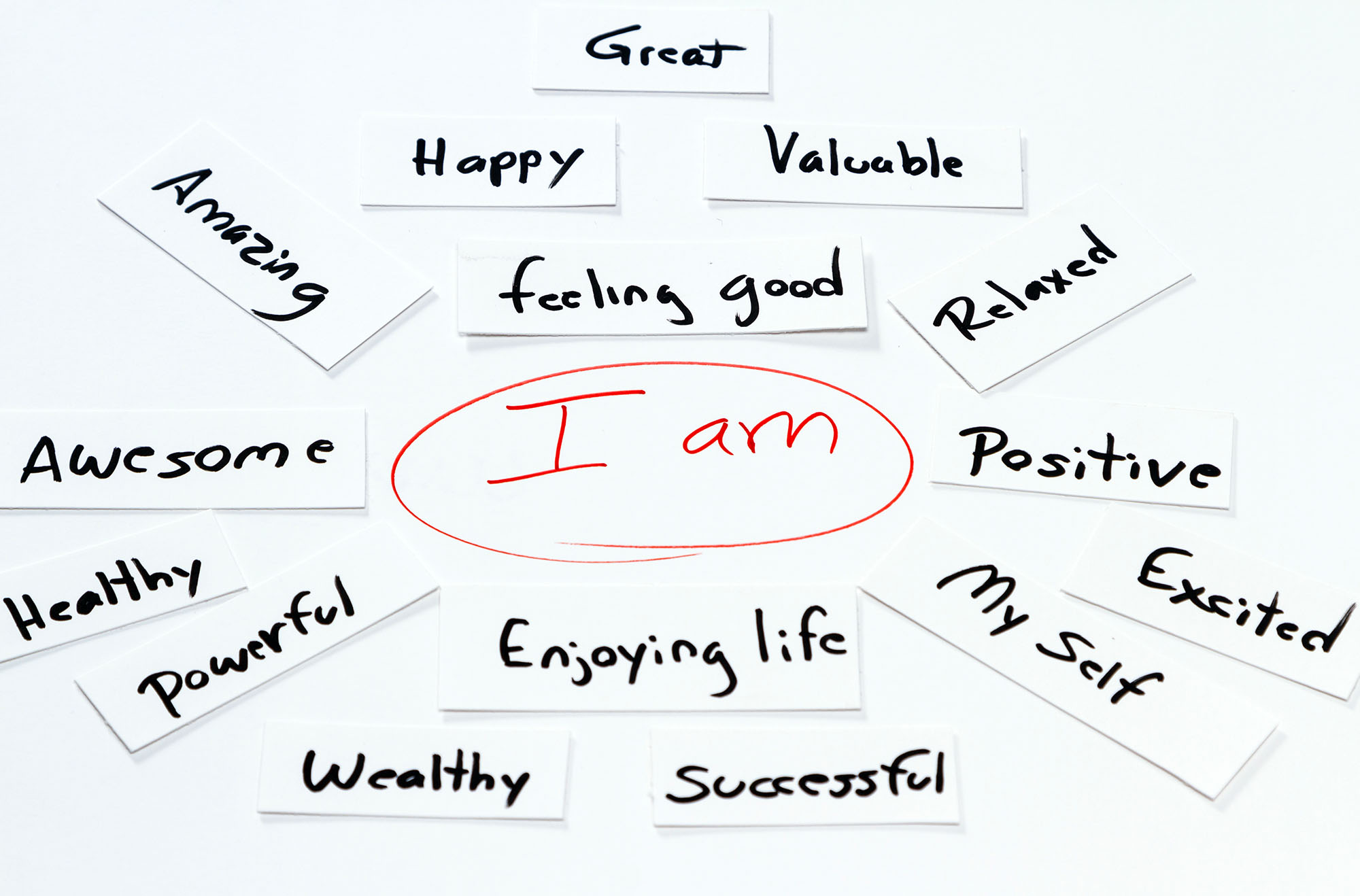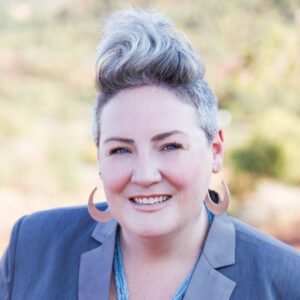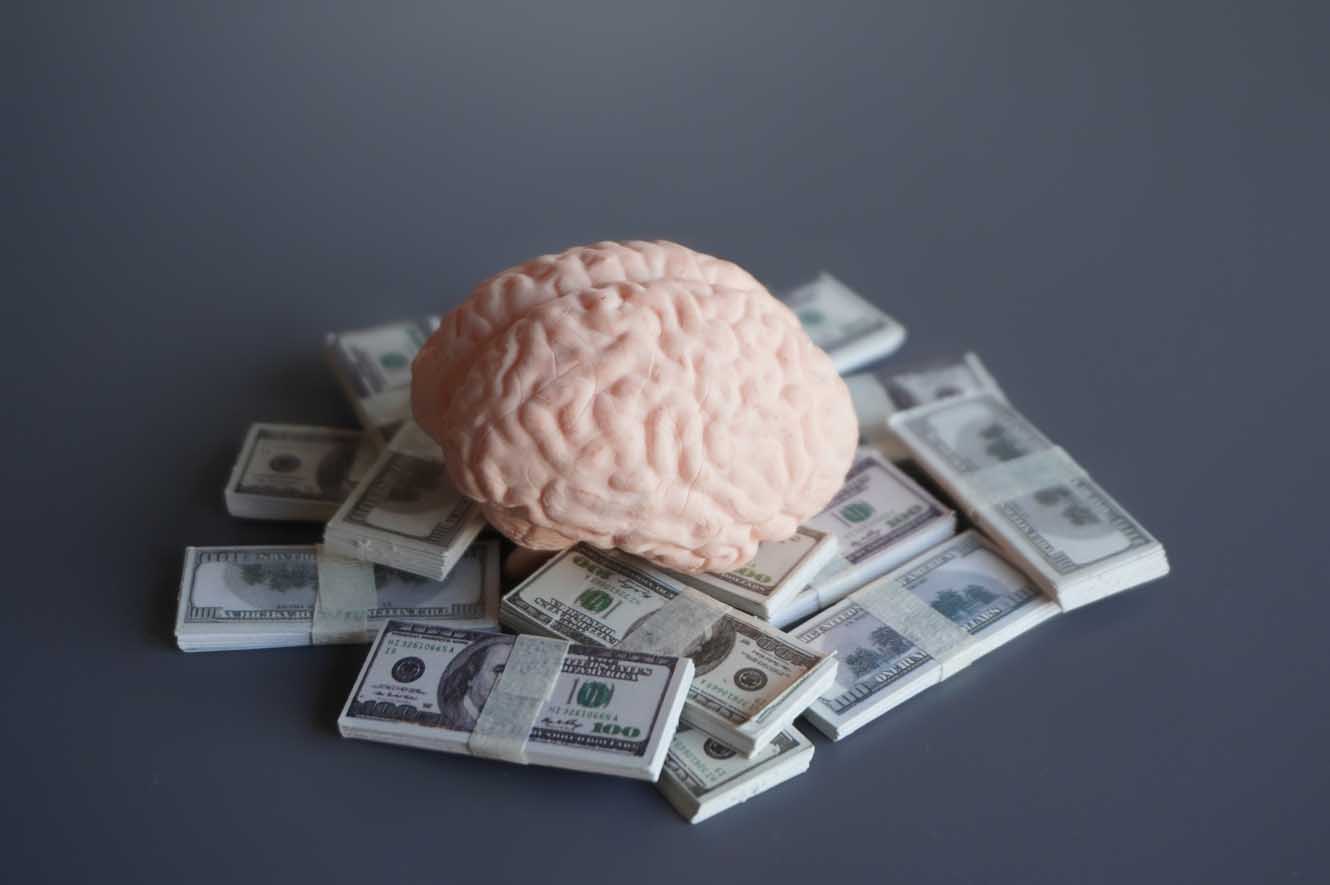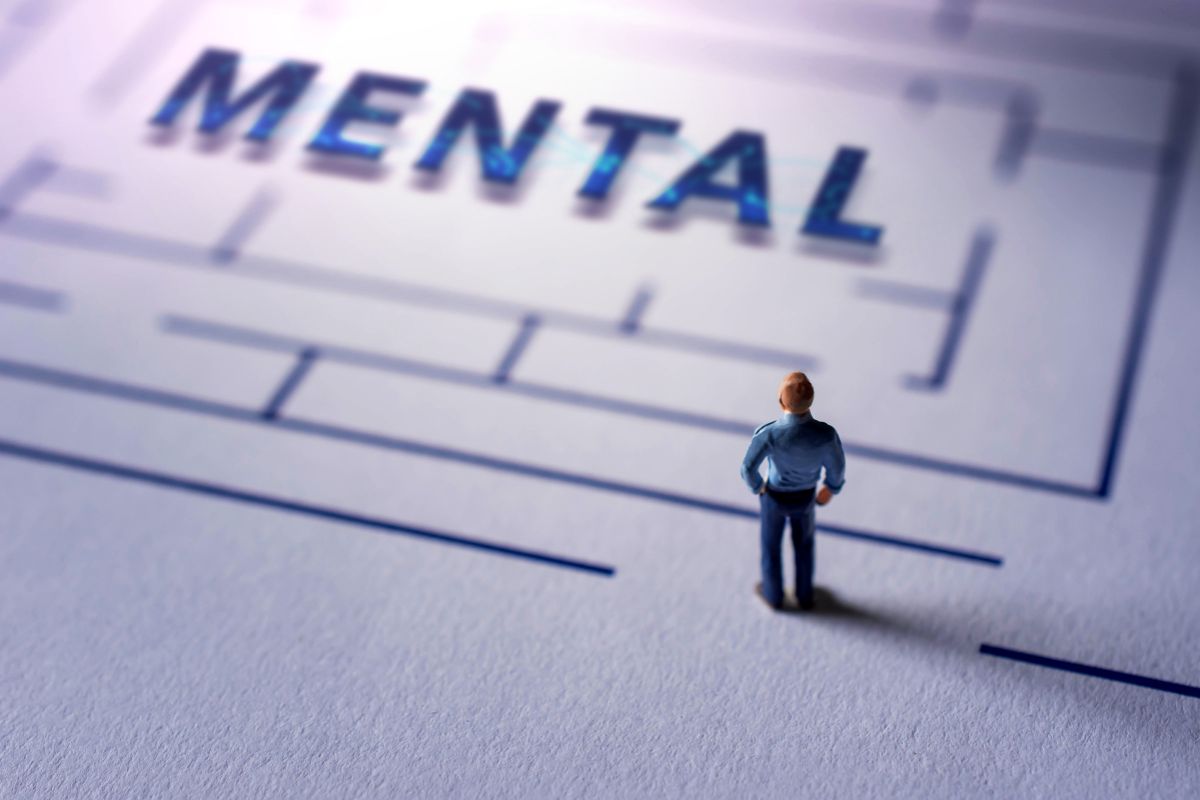Self-Esteem: A Revolution
By: Charmaine Fuller, MC, LAC, NCC
Over the last several years, I have seen many clients come through my office who have struggled with self-confidence. It is almost a universal struggle. The reasons for poor self-esteem vary from childhood abuse or neglect to recent divorces, breakups, or abusive relationships. Sometimes we don’t even know why we struggle with low self-esteem. The ways that low self-esteem manifest in our lives also vary just as widely. It can look like struggles in our relationships with partners, family members, or colleagues. It can look like disordered eating or addiction. Sometimes it manifests as anxiety, depression, or panic attacks. Other times, it is all of those things and more.

Re-Building Self Esteem
As an adolescent and young adult, I too struggled deeply with feelings of low self-worth. I was a deeply closeted (even to myself!) queer kid in the 80’s and 90’s who also had undiagnosed ADHD. I started puberty much earlier than my contemporaries and never felt like I fit in physically, emotionally, culturally, or socially with my peers. Those feelings lasted well into my thirties. It wasn’t until I started doing my own work in addressing the shame and guilt of being different that I was able to start to build feelings of self-worth. Here is what I’ve learned. This may be helpful for you, or it may not. The journey to better mental health is a deeply personal one and is very much like throwing spaghetti at a wall. Hopefully, something sticks. If not, that’s ok. We’re going to keep throwing that spaghetti until it does.

1. Knowledge is power
The more I learned about psychology, personality, human development, queer history and theory, and feminist history and theory, the more I learned about myself. I journaled, read, went to therapy, and listened to people that were smarter than me. The more I learned about the human experience, the more I saw myself in it. Somethings were helpful and some weren’t. One thing that was life-changing was learning about archetypal psychology and the study of personality development. I had been told my whole life that I was supposed to be one way: “Children are…” “Women are…” “Adults are…” Again, being queer and neurodivergent meant that I often did not fit into the typical or “normal.” I carried a lot of shame and guilt about that and tried to be more “normal.” It didn’t work out for me and led to a lot of pain and suffering for myself and those around me also. Through learning about my different identities and those that came before me, I had greater context for understanding myself and my place in this world.

2. Mindfulness
I’m pretty much always going to mention mindfulness. It’s the first thing I teach all my clients and it has been, quite possibly, the most important thing I’ve learned in my journey to better mental health and overall well-being. Through mindfulness, I’ve been able to better understand the emotions and sensations in my body. Our bodies are magical and amazing machines that give us information all day long. The emotions and sensations in our bodies are the biofeedback data we need to understand our world. Sometimes, it is not safe to be in our bodies. Trauma often leaves us feeling a decreased sense of security and safety. That’s common. This is where working with a trauma-informed mental health professional is so important. It’s ok to need that extra help and support. That’s what we’re here for! We want to build our mind-body connection so that we can get to know our bodies more intimately and appreciate the magical machines that they are.

3. A Revolution
This part of my journey to a better, healthier sense of self-worth was all about revolution and rebellion. I started feeling confident in myself as a deliberate and intentional act of rebellion against all the systems that told me I should feel shame or guilt or embarrassment about myself and my identities. I decided I was going to be an out and proud queer person as an act of rebellion against all the queer jokes and pejoratives made by myself and everyone around me in my youth. I decided I was going to be fat and confident as an act of rebellion against the beauty standards of the 90’s that told me I was disgusting and anything above a women’s size six was “plus-sized.” I was going to love the soft, emotional, empathetic parts of me as as an act of defiance against patriarchal ideals that tell us that being “an emotional woman” is a weakness. My self-confidence started as an act of rebellion. It was a revolution to liberate me from old ways of thinking. One of my clients stated it so perfectly: “My existence is resistance.”

4. Connection
Going through these phases of my growing self-worth was a little bit of “fake ‘til you make it.” I often experienced a kind of imposter syndrome in my confidence that had me often wondering if I was worthy of my own love and kindness. This is where connecting to my support network (people who love, appreciate, celebrate, and support me) made all the difference. We all need support networks. We need others in our lives to help us in all the big and small ways. Sometimes that support looks like someone reminding you that are loved and worthy of that love. Being able to talk about our struggles in secure and supportive environments is absolutely transformative. Telling a trusted therapist, friend, or family member that you are struggling and in need of validation or reassurance is going to help in a couple different ways: First, being able to accurately identify your feelings and your needs is empowering; Second, having a person respond to you in empathetic and appropriate ways is healing. Irvin Yalom, a brilliant psychiatrist and therapist, called them “corrective emotional experiences.”

How To Re-Build Confidence and Self Esteem
So, there you have it, go forth and be confident! Except it’s not that simple, right? Even though this appears to be a pretty straight forward plan, it’s likely something that will be a struggle. That’s ok! Anything worth doing, is worth doing poorly. You must be bad at something before you can be amazing at it and that includes building self-confidence. So, try these suggestions. Be bad at them! And then do them again and again until you’re amazing.







